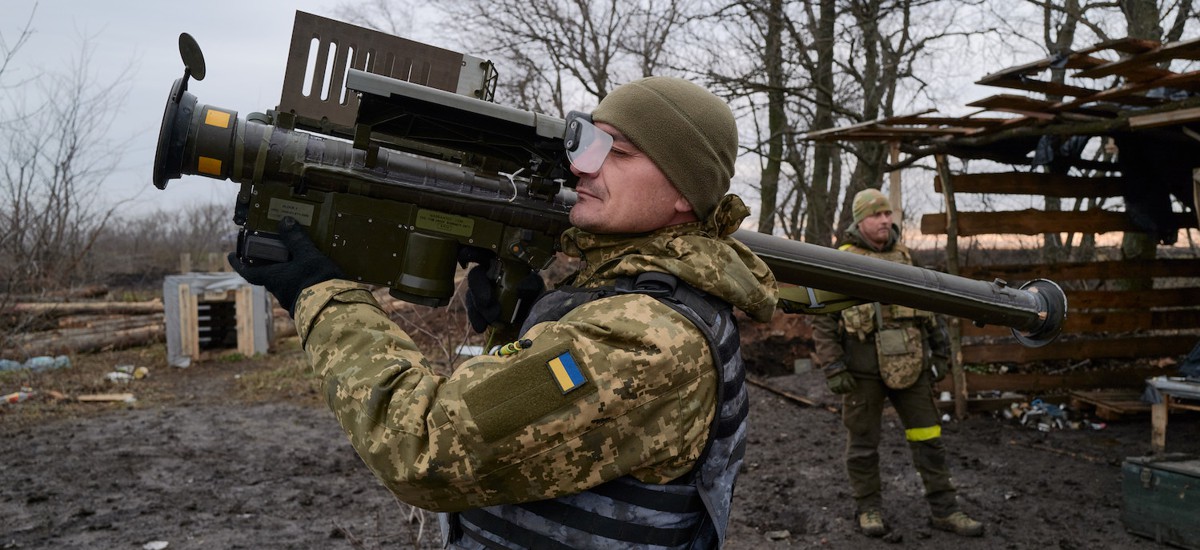Germany Spends €395 Million to Acquire Over 500 “Stinger” Missiles, Replacing Assets Supplied to Ukraine
In a move to replace its Man-Portable Air Defence System (MANPADS) “Stinger” missiles supplied to Ukraine, the German Parliament has approved the acquisition of 506 missile systems at a cost of €395 million (RM2 billion).
(DEFENCE SECURITY ASIA) – In a move to replace its Man-Portable Air Defence System (MANPADS) “Stinger” missiles supplied to Ukraine, the German Parliament has approved the acquisition of 506 missile systems at a cost of €395 million (RM2 billion).
The German military sent its “Stinger” missiles to Ukraine in 2022 to target Russian aircraft, helicopters, and drones. Germany will procure the “Stinger” systems of the FIM-92K Block 1 variant.
In Germany, the military employs the MANPADS “Stinger,” known locally as “Fliegerfaust 2,” in various configurations including shoulder-fired launchers, short-range missiles, and those launched by “Tiger” attack helicopters.
The FIM-92K Block 1 variant of the “Stinger” missile boasts enhanced capabilities to counter aerial threats, including low-flying combat aircraft and helicopters. The missile measures 1.52 meters in length, weighs 10 kg, and is designed for easy operation by military personnel.
Technically, the missile employs infrared homing guidance, allowing it to target airborne threats based on the heat signatures from their engines. Its guidance system is designed to resist countermeasures, enhancing its combat effectiveness.

The missile utilizes a solid fuel motor for high-speed propulsion, enabling it to intercept enemy aircraft. It also features increased sensitivity and advanced signal processing capabilities.
Developed by the renowned American defense firm RTX (formerly Raytheon), the FIM-92 “Stinger” is a short-range MANPADS designed for air defense by the U.S. military and its allies.
It entered U.S. military service in 1978 after a decade of development, replacing the FIM-43 Redeye MANPADS.
The “Stinger” gained widespread recognition when the U.S. supplied it to Afghan Mujahideen fighters to down Soviet helicopters and combat aircraft during the Soviet invasion of Afghanistan from 1979 to 1989.
Due to its popularity among Ukrainian forces, RTX reportedly had to recall retired engineers to restart the production of “Stinger” missiles, which had been discontinued.
The company had to use blueprints from the era of President Jimmy Carter (1977) to revive production.

“Stinger missiles had not been built in 20 years, but within 48 hours of the conflict in Ukraine, they became a star, and suddenly everyone in Ukraine wanted them,” said Wes Kremer, president of one of RTX’s divisions, last year.
“We had to call back workers now in their 70s to teach new employees how to build the Stinger missiles. We had to use old equipment from warehouses full of cobwebs,” he added.
The U.S. administration has so far sent more than 2,000 “Stinger” missile systems to Ukraine to shoot down Russian fighter jets, helicopters, and drones.
All these shoulder-fired missile systems were sourced from U.S. military stocks.
President Joe Biden has stated that more “Stingers” will be sent to Ukraine, compelling Raytheon to ramp up production, which had ceased for two decades. — DSA



Comments are closed.